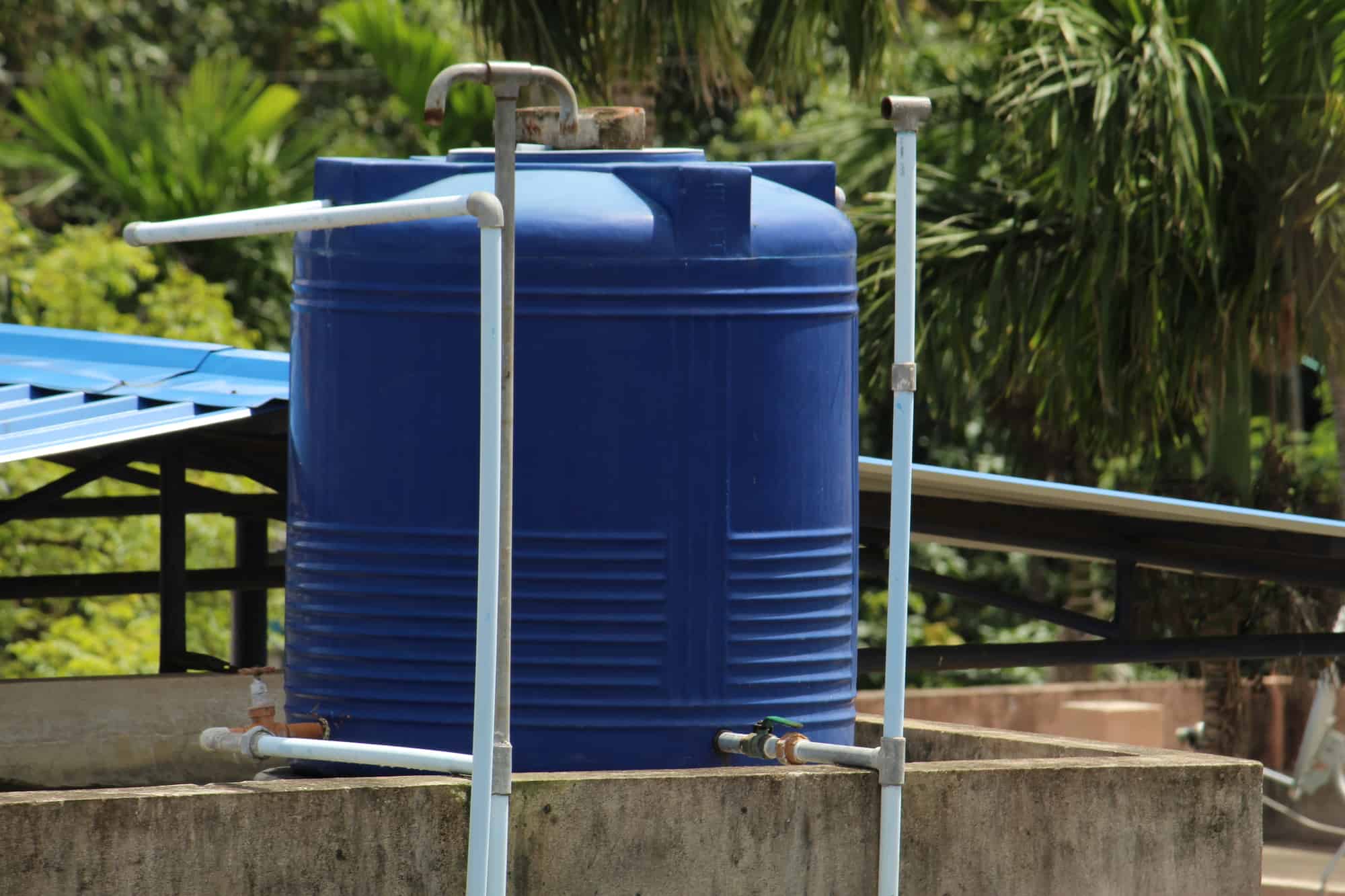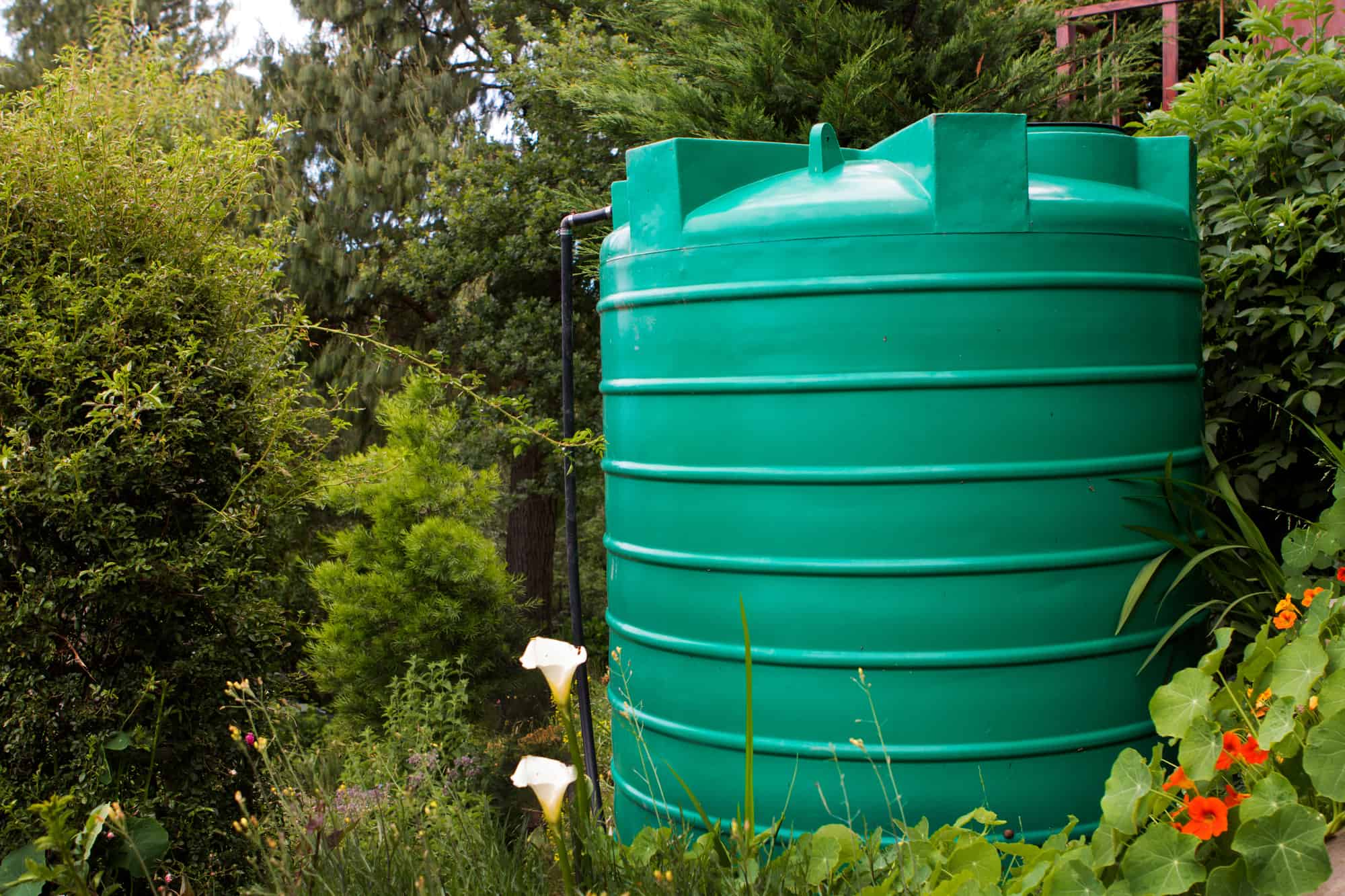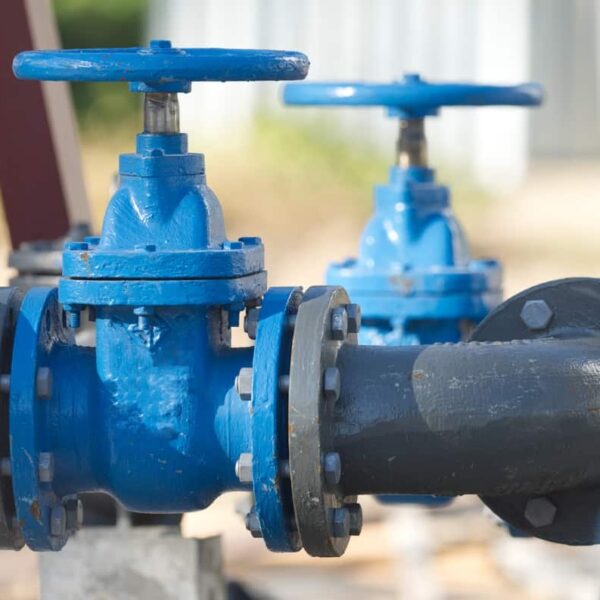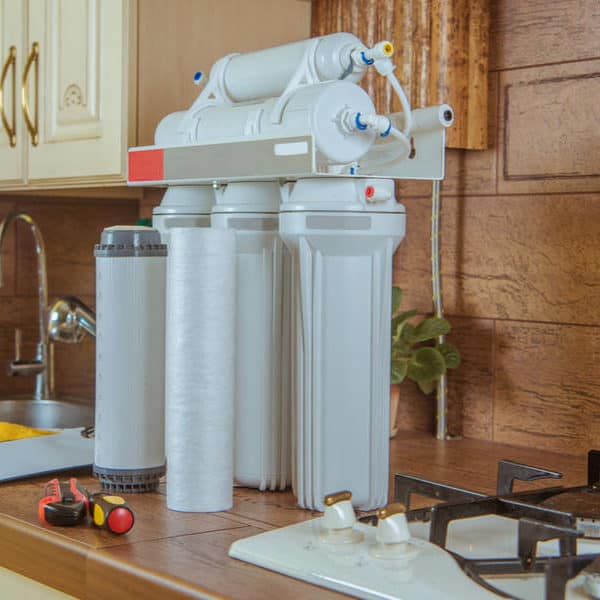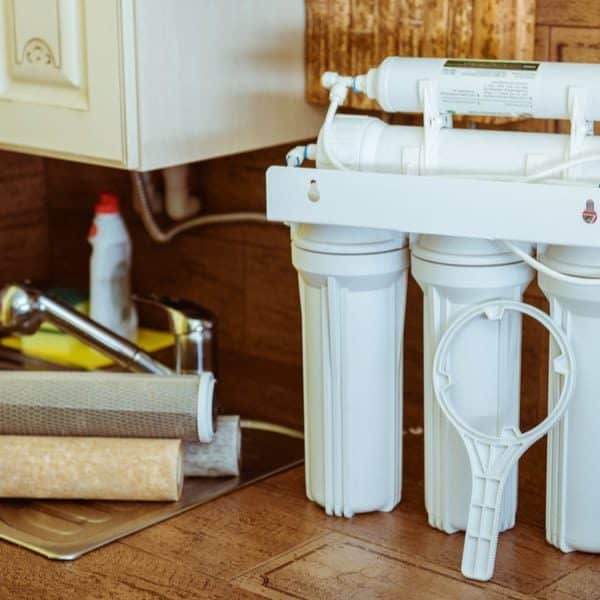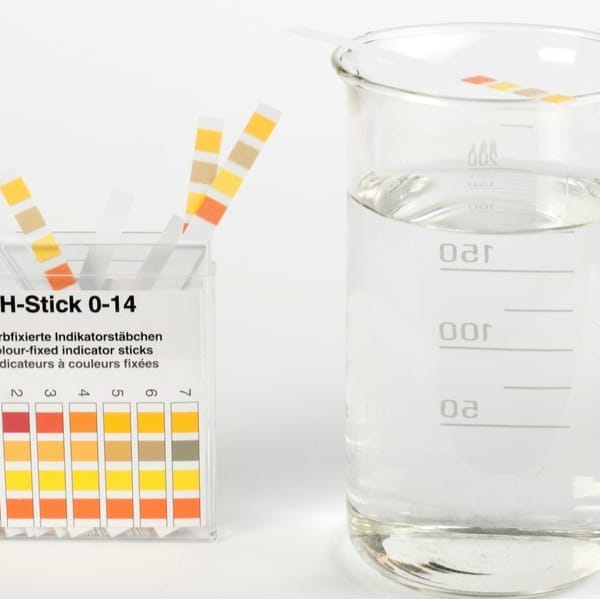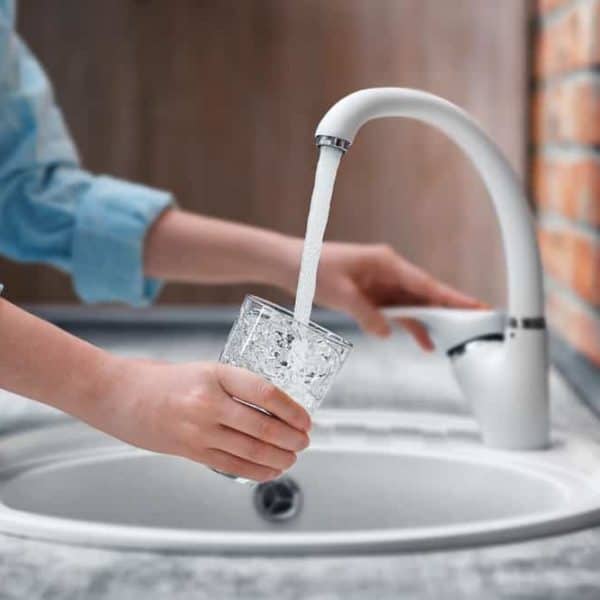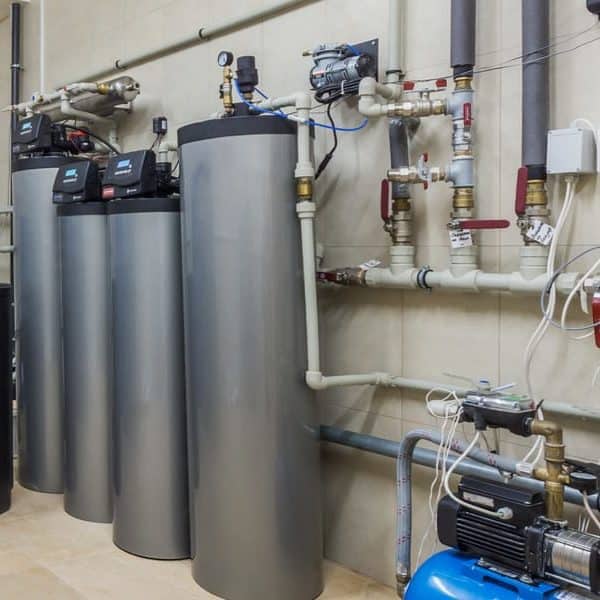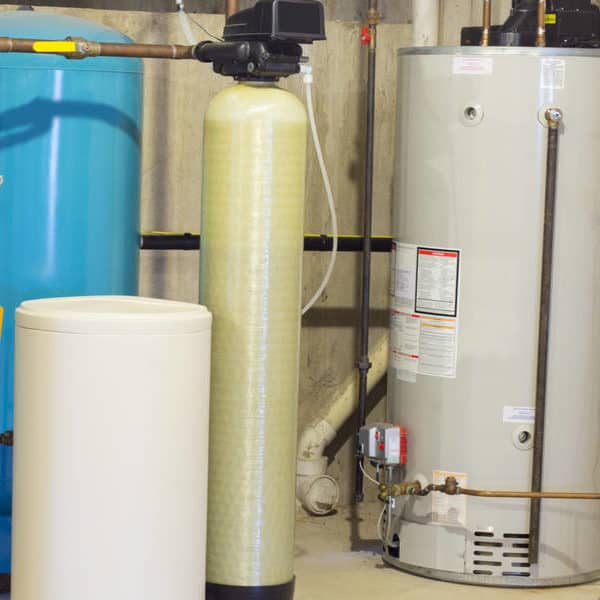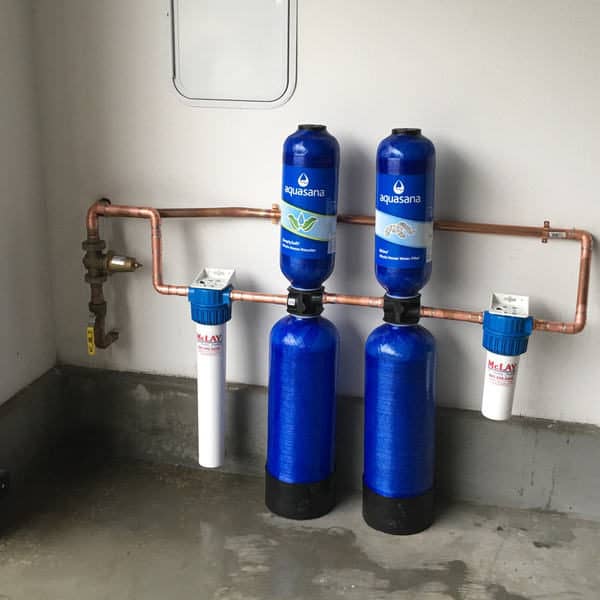Does your humble home rely on well water? If yes, then having a reliable water system is crucial. Probably more than you think. Well water tanks provide a critical buffer between your home and the cycles of your well pump. Without adequate storage and water pressure in the equation, every tap of the faucet or flush of a toilet becomes an exercise in uncertainty.
If you wish to avoid dry taps or fluctuating water flows, selecting the right well water storage tank is the answer. This is a decision that entails determining the optimal tank size, material, pressure settings, placement, and installation approach to ensure a well system that can provide a steady supply of water to meet your household’s lifestyle and needs. Luckily, today, companies like EPP Well Solutions provide complete automated systems that can monitor usage and adjust pump output, allowing for a stable and stabilized flow.
Not sure where to get started with selecting the right water storage tank? Keep reading for some insightful tips before you go shopping for one.
Selecting the Right Well Water Tank for Your Home
1. Capacity
Water storage capacity is a crucial factor as it determines whether the tank will be able to meet your household’s peak water demand. See, the tank acts as a reservoir, storing water pumped from your well so that it’s available even when the pump isn’t actively drawing water. This allows you to access water at the tap immediately instead of having to wait for the pump to switch on every single time. That’s some type of hassle you don’t want to encounter, right?
Determine the total daily water usage by considering activities requiring significant volumes. These might include laundry, dishwashing, showering, frequent toilet flushing, and outdoor watering needs.
Gallons per day usage directly correlates to the size of tank required. Generally, the minimum recommended capacity is enough to fulfill one day’s water requirements. This storage buffer prevents depletion during periods of intense use.
The sweet spot for a tank’s capacity balances minimizing cost and space needs with having an adequate buffer. Oversizing the tank incurs unnecessary added expenses and takes up more room whether above or below ground. Tanks are commonly available in various standard sizes ranging from small 120-gallon units for basic cottage needs to large 1,000+ gallon tanks for properties with high demand.
Carefully assessing your family’s unique hourly, daily, and seasonal fluctuations in water needs will help narrow down the ideal capacity tank for your home. This upfront effort helps prevent urgently ordering a larger replacement tank in the future. Getting the size right from the start brings peace of mind knowing your well water system can keep pace with your lifestyle.
2. Material
Well water storage tanks can be made out of steel, concrete, fiberglass, or plastic polymaterial. For the most part, it’s the material that determines the tank’s durability, lifespan, corrosion resistance, weight, cost, and required maintenance over time.
- Steel: Steel tanks are strong, fireproof, and have a long lifespan (exceeding 50 years). However, water with moderate mineral content can corrode steel over the years, which causes leaks or requires lining replacement. However, the stainless-steel variety provides greater corrosion resistance. On the flip side, steel conducts heat loss, is heavy to transport and install, and tends to be one of the more expensive options.
- Concrete: Concrete tanks are sturdy and naturally fireproof, giving them an exceptionally long service life. However, the material is porous and needs occasional sealing treatment to prevent groundwater seepage and mineral leeching. Also, note that weight and custom concrete pouring onsite bump up installation costs.
- Plastic: Polyethylene or polypropylene plastic tanks are lightweight, making transport and DIY installation easier with minimal equipment. Molded as seamless units, they prevent leak risks from welds or joints. Plastic provides total corrosion resistance but isn’t fireproof. Lifespans average 30 years with eventual replacement need due to gradual UV damage or slow air diffusion.
- Fiberglass: Fiberglass tanks offer durability similar to plastic in terms of corrosion and leak resistance. They’re slightly more expensive but have greater heat retention efficiency. Custom sizing may require higher molded production costs. Fire risk is minimal but present due to resin composition.
Consider the pros and cons of each material to make the optimal choice aligned with your needs and budget. Factor in the maintenance requirements over decades that each option entails.
3. Budget
Well water storage tanks range significantly in upfront costs and long-term expenses over their operating lifespan. Budgeting accurately requires tallying not only the tank purchase price but also expenses related to delivery, installation, enclosure, energy efficiency, operation, and maintenance.
Tank prices run on average from USD$200-USD$1000 depending on capacity, material, style, and source. Larger custom orders can reach into the thousands. Evaluate whether cheaper tanks have shorter warranties or higher failure rates that end up costing more over years of use. Consider longevity – concrete may have a higher initial cost but last 50+ years, saving replacement costs down the line.
Beyond the tank itself, factor in peripherals like water gauges, valves, fittings, as well as pumps and pressure switches if not buying as an integrated package. Delivery fees are generally based on distance and tank size. Installation work can be DIY but professional assistance may be required depending on the complexity and regulations in your area.
For outdoor units, include protective enclosure expenses against weather and animal damage. Insulating underground tanks reduces conductive heat loss and energy costs over time, especially for water you intend to use hot. Ease and safety of accessibility for maintenance checkups down the line are also a financial consideration for enclosure design and placement.
Getting an accurate handle on the complete costs involved rather than fixating only on the tank sticker price allows you to set a realistic budget and make financially optimal choices. Remember to also factor in the costs of additional equipment like water heater expansion tanks into your overall budget.
4. Shape
Tanks come in vertical and horizontal orientations, each with its own pros and cons. The ideal shape depends on space constraints, required capacity, usage patterns, climate, and seismic considerations.
- Vertical: Vertical cylindrical tanks have a smaller footprint and can fit in more confined spots. They typically offer greater storage capacity for their diameter. However, the higher water column creates stronger pressure at the base, which may exceed pipe and valve ratings in larger units. Vertical models are also more tippy, requiring solid anchoring, especially in earthquake-prone regions.
- Horizontal: Lying on their side, horizontal tanks need more square footage of space. But one great thing about them is that the water pressure equalizes across the cross-section, preventing excessive force at the outlet. This allows larger capacities without necessitating pressure-related infrastructure upgrades. The lower center of gravity also provides more stability. However, the greater surface area to volume ratio loses more heat.
Custom shapes like rectangular sleepers are also awesome options, so long as space allows. Compartmentalized tanks help balance loads in multi-story buildings. Carefully measure accessibility paths to determine what shapes can be feasibly brought in and installed on your site.
5. Location
Where’s the ideal location to install your water storage tank? Place it close to the well pump itself to minimize pipe distances. Locate after the pressure system components so water enters the tank pre-pressurized. Positioning upstream from treatment systems allows large reserve storage capacity before filters.
Set the tank elevation above household lines whenever possible for optimal gravity-based pressure, especially if relying solely on the tank without a pump. Bury underground tanks with mounded soil insulation or build protective housing for above-ground units. Consider frost line depth for your climate zone to prevent freezing. Ensure overhead clearance for vertical tanks to allow access hatches.
It’s also crucial to review property layout carefully when deciding on tank location. How to go about this? Consider any easements, setback allowances, overhead wires, soggy terrain, or sloped areas. Contact the local permitting office regarding any restrictions related to visibility from streets or neighbors, especially for large tanks in residential neighborhoods.
Another important step is to carefully measure the intended pipe routes from the tank to the house. Make sure to choose the shortest feasible option. Long pipe runs are inefficient and drive up material and labor costs significantly. If you’re going to install both tank and solar panels, consider proximity possibilities to share trenching and wiring costs.
Optimize placement for installation expenses and years of convenient maintenance access. Adequate drainage around the tank prevents flooding issues over time.
Well-thought-out placement now prevents expensive relocations later on.
6. Maintenance
All water storage tanks require occasional maintenance and inspection to keep components functioning efficiently. The easier it is to access the tank for upkeep, the simpler preventing or fixing issues becomes over its operating lifespan.
Steel tanks have higher long-term maintenance needs than inert plastic or concrete models. Plan for re-coating or cathode protection of steel surfaces exposed to water every five to 10 years, depending on water chemistry. Budget for yearly anode rod replacements. Stainless steel variety lasts longer before corrosion work is necessary.
Plastic tanks avoid corrosion but accumulate sediments over time, needing periodic cleaning. Inspect inlet filters and valves for debris buildup or malfunction. For buried tanks, ensure access ports extend to the surface for interior inspection and cleaning.
Concrete tanks are durable but require re-sealing every three to five years to prevent groundwater intrusion through porous media. A biannual check of water pH helps catch leeching issues early. Annual top-offs compensate for evaporative loss.
Consider ease of access, monitoring, and part replacement based on tank style and material. Opt for designs allowing simplified DIY repairs whenever feasible. Placement plays a key role, ensuring the ability to safely inspect an enclosed underground unit. Budgeting for maintenance work ahead of time prevents nasty surprises down the line.
7. Warranty
Reputable manufacturers provide warranties covering defects and leaks for set time periods, usually between five to 30 years. These offer important protection in case tanks fail prematurely. Consider warranty duration and terms when selecting your tank.
Plastic polymer tanks often come with 20-30-year warranties – the longest among common options. Fiberglass can reach similar ranges depending on the brand. Steel tanks average 10-15 years of warranty coverage. Warranties typically specify covered components, acceptable water chemistry, claims process rules, labor or shipping reimbursements, and prorated schedules if lifespan falls short of its promise.
Review warranty limitations carefully before purchasing. Ensure you register the tank with the manufacturer and retain all documentation for the covered duration. Note warranty expiration to schedule proactive replacement if required at that stage. Consider extended third-party warranty offerings for expensive tanks to lengthen defect protection.
Conclusion
Installing the optimal well water storage tank requires careful evaluation of multiple factors – capacity, material, budget, location, shape, maintenance needs, and warranty coverage. Moreover, weighing durability, corrosion resistance, and heat retention helps you pick the ideal construction material aligned with your climate and water properties. Most importantly, crunching all short and long-term expenses gives a realistic handle on budget needs for years of reliable functioning rather than just focusing on the initial purchase price.
